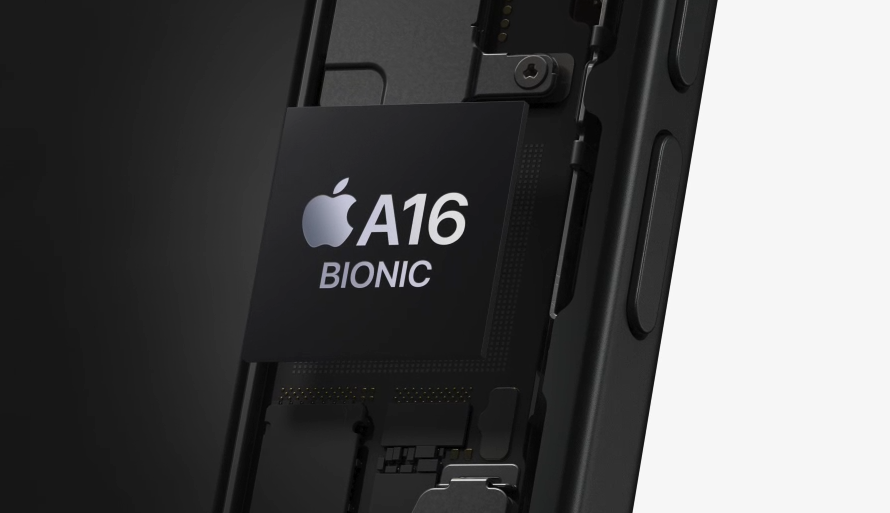Introduction
In the relentless pursuit of innovation, Apple continues to push the boundaries of mobile technology with each new iteration of its custom-designed chips. The Apple A16 Bionic chip, poised to be the beating heart of the company’s future devices, promises to deliver unprecedented performance, efficiency, and groundbreaking features. In this article, we’ll delve into the intricacies of the Apple A16 Bionic chip, exploring its architecture, capabilities, and potential impact on the world of mobile computing.
The Evolution of Apple’s Chip Design
Apple’s journey into custom chip design began with the A4 chip, introduced in 2010 with the first iPad. Over the years, Apple has refined its chip-making prowess, consistently pushing the envelope to deliver chips that outperform competitors and enhance user experiences. The A16 Bionic is a testament to this relentless drive for excellence.
1. Architecture and Process Technology
At the heart of the Apple A16 Bionic chip lies a cutting-edge architecture designed to deliver exceptional performance and energy efficiency. Built on a state-of-the-art process technology (likely 3nm or smaller), this chip will offer even more transistors and processing power than its predecessor, the A15 Bionic.
2. CPU Performance
One of the standout features of the A16 chip is its CPU (Central Processing Unit). With a rumored 6-core or 8-core configuration, this chip will offer a significant boost in both single-core and multi-core performance. This enhanced CPU power will result in smoother multitasking, faster app launches, and improved overall device responsiveness.
3. GPU Performance
Graphics performance is another area where Apple excels. The A16 Bionic chip is expected to feature a high-performance GPU (Graphics Processing Unit) that will enable immersive gaming experiences, photo and video editing capabilities on par with professional-grade software, and support for augmented reality (AR) applications.
4. AI and Machine Learning
Apple has consistently incorporated dedicated AI and machine learning accelerators in its chips. The A16 Bionic will likely take this a step further, enhancing the capabilities of features like Siri, real-time language translation, and advanced computational photography. The chip will also support developers in creating innovative AI-driven applications.
5. Energy Efficiency
Despite its impressive performance gains, the A16 Bionic chip is expected to maintain a strong focus on energy efficiency. Apple has always been committed to delivering powerful devices with long battery life, and this chip will be no exception. Users can expect a balance between performance and battery longevity.
6. Security
Apple places a high priority on user data security, and the A16 chip is expected to continue this trend. Advanced security features, including hardware-based encryption and secure enclaves, will provide an added layer of protection for user data.
7. Potential Applications
The A16 Bionic chip is poised to power a wide range of Apple devices, including the latest iPhone models, iPads, and possibly even Macs. Its performance and capabilities will open doors for advanced mobile gaming, AR experiences, and professional-level content creation on iOS devices.
8. Conclusion
The Apple A16 Bionic chip represents another milestone in Apple’s relentless pursuit of innovation. With its advanced architecture, unparalleled performance, and focus on energy efficiency, this chip is poised to redefine the capabilities of mobile devices. As Apple continues to unveil new products powered by the A16 Bionic chip, users can anticipate a new era of computing experiences that push the boundaries of what’s possible in the palm of their hand.

